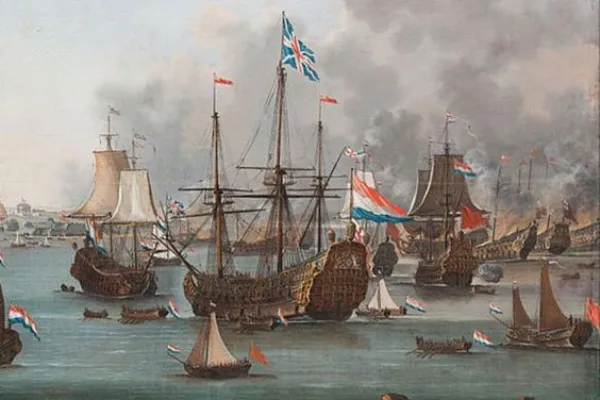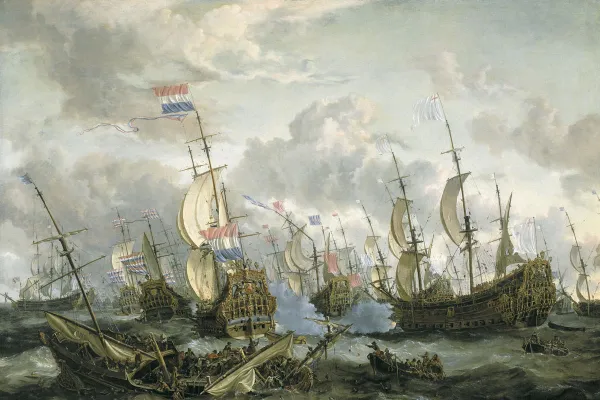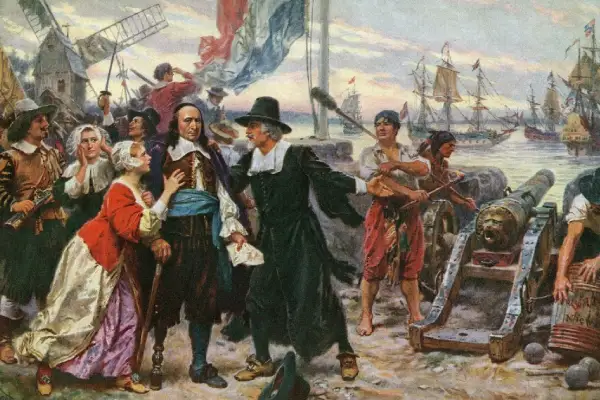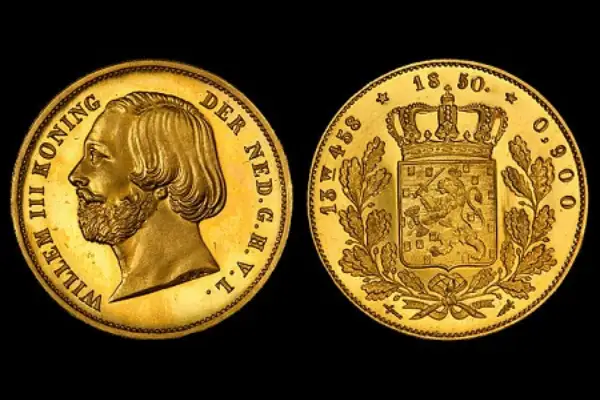The rise and fall of superpowers throughout history has been influenced by various factors, including economic, political, military power, as well as social and cultural changes, and this process continues. The ambition, rise, and eventual decline of all superpowers, from the Roman Empire to the British Empire, have all been affected by a series of relatively common factors. It can be said that the three superpowers of the past five hundred years—namely the empires of the Netherlands, Britain, and America, which were among the most powerful empires in history—also rose, reached their peak, and ultimately faced a decline in power and influence under the impact of these same common factors. The Dutch Empire gained fame in the 17th century with its extensive trade network and naval power.
However, in the 18th century, due to wars with the British Empire and economic instability, it began to decline. The British Empire, which emerged in the 19th century, was the largest empire in history, encompassing a quarter of the Earth’s surface at its peak. It also began to decline in the 20th century due to economic downturn, two world wars, and the emergence of new superpowers. The American Empire, which rose in the 20th century, was built on economic and military power. However, this country has also faced challenges in recent years, including economic decline, political polarization, and the rise of new global powers. In this section, details regarding the factors influencing the rise and fall of powers will be discussed.


The Dutch Empire, a Gradual Collapse
During their Golden Age, the Dutch inclined toward “aristocracy and luxury,” which gradually weakened their financial situation. On the other hand, other powers were emerging simultaneously, challenging the authority of the Dutch Empire. Moreover, the Dutch, who had become unparalleled leaders in innovation, trade, and wealth in the 17th century, could not continue this trend in subsequent centuries, and ultimately, maintaining and sustaining their overly expanded empire became impossible. Additionally, the Netherlands’ superiority in education and technology weakened, and after the decline of the Dutch East India Company, the country was generally removed from the circle of global competitions.
In the 18th century, the Industrial Revolution allowed the British to surpass the Dutch as the superior economic and financial power in Europe, and the slower economic growth of the Netherlands compared to other powers made it more difficult to maintain its vast empire (especially since the Dutch Empire was under the control of such a small central government).
Britain specifically learned from Dutch innovations and invested in education to enhance the capabilities of its people. As a result, the English were able to produce and trade more and build military power for themselves. Ultimately, after the Dutch defeat in the Fourth War against Britain in 1780-1784, the situation worsened for them. This war, which occurred due to Dutch support for their colonies in the American Revolution, ended in a significant defeat for the Dutch and ended the guilder’s role as a reserve currency. This military defeat shifted the superpower status from the Netherlands to Britain.


The Shadow of Internal Wars over the Netherlands and Pressure from Britain
As expected, the Dutch became increasingly indebted and experienced many internal wars over wealth. Additionally, they had weakened militarily. All of this made the Dutch vulnerable to attacks. Moreover, with the reduction in overseas revenues, wealthy Dutch investors transferred their cash to Britain, which had higher economic growth and returns. Nevertheless, the guilder was still widely used as a global reserve currency.
Then, from the 1770s, the English, as an emerging great power, challenged the existing great power and began interfering in Dutch shipping, and after arms trade, increased their conflicts with the Dutch in American colonial areas. In 1781, they dealt major blows to the Dutch navy in the Caribbean Sea.
The Dutch East India Company, having lost half of its ships and access to key trade routes, was forced to borrow heavily from the Bank of Amsterdam to sustain itself. On the other hand, rival powers, after the Dutch defeat, utilized the Dutch shipping trade fleet. The economic blockade of the Netherlands and its East India Company by Britain caused a liquidity crisis for the Netherlands.
Decline in the Value and Credibility of the Guilder
Massive financial losses and debts forced the Dutch central bank to print more without backing. As the Bank of Amsterdam printed more paper money to lend to the Dutch East India Company, it soon became clear that there was not enough gold and silver to back all paper claims. This led to a “bank run” process in which investors exchanged their paper money for precious metals.
As depositors exchanged their paper money for gold and silver, the Dutch central bank lost its reserves of precious metals. Interest rates rose, and the Bank of Amsterdam was forced to reduce the value and credibility of the guilder. This ultimately sealed the end of the Dutch Empire and the guilder as a reserve currency. The decline of the Dutch Empire led to the next great cycle in world history, namely the rise of the British Empire and its reserve currency.

How does money influence US policies and regulations?



no comment